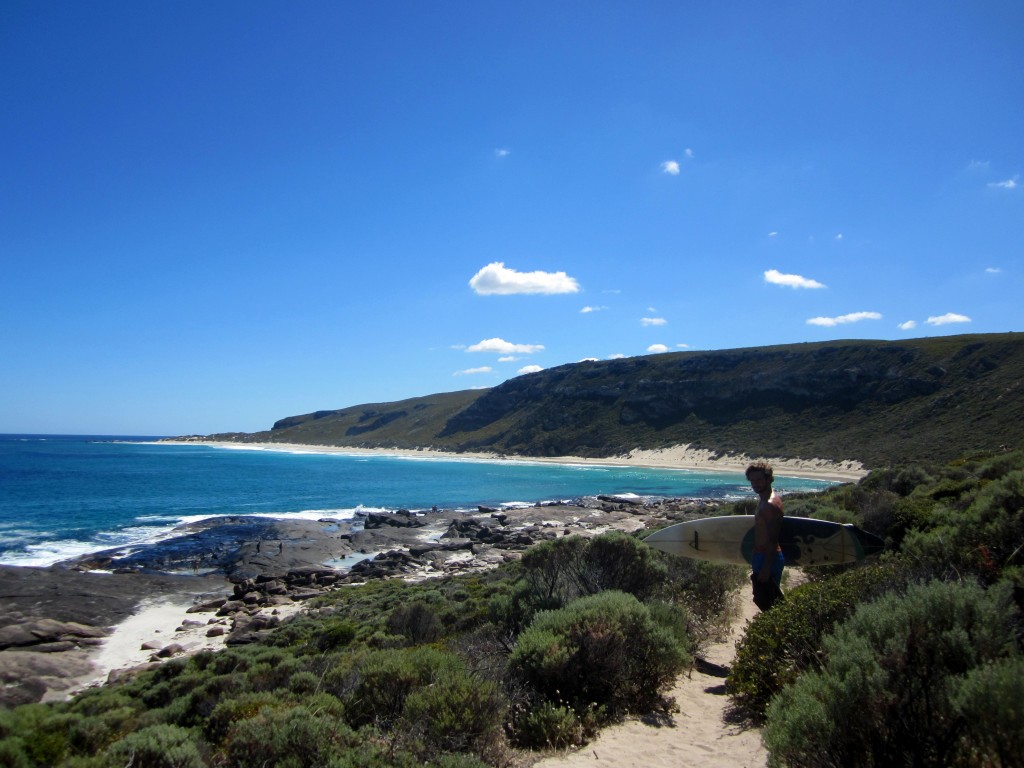Ever feel like your surf leash is holding you back? Dragging you down? Whatever other struggle related synonyms you can think of. Well it’s not all in your head. Your leash can have an effect on your surfing. It all comes down to basic hydrodynamics – the thicker the lead, the greater the drag. And the faster you go the more it increases. Some surfers claim to feel it more than others but at the end of the day you can’t argue with science – it definitely exists.

So what can you do about it? The truth is that if you’re surfing at a busy beach then not much. Without a leash your board is pretty much a pointy, fibreglass bullet that is headed straight for the pack of tourists frolicking in the white wash. Not good. Even if the beach is quite then you’ll still spend the best part of the day chasing your board down the beach.
What you can do is adjust your leash style to suit conditions and board type. If you’re riding a short board then you want the thinnest, shortest leash you can find. This will reduce drag and ultimately add that little bit of extra speed to your paddle in. Don’t get too extreme though. In big wave conditions a leash that’s too short can be dangerous and a leash that’s too thin runs the danger of snapping. Tailoring your leash to suit the conditions is your best chance at beating that thin little plastic coated rope that insists on trailing behind you as you paddle your heart out.
So there you have it. Leashes can have a drag effect on your surfing. But is it big enough to warrant not having one? That’s subjective. If you feel like your leash is holding you back from getting onto waves then by all means, go without. Just make sure the beach is empty and there aren’t any fellow surfers around who might get a board to the head. If you can sacrifice a little drag for the convenience of not having to chase after your board then the leash reigns supreme, as it will no doubt continue to do until someone invents magnetic foot/surfboard devices (HA not likely).